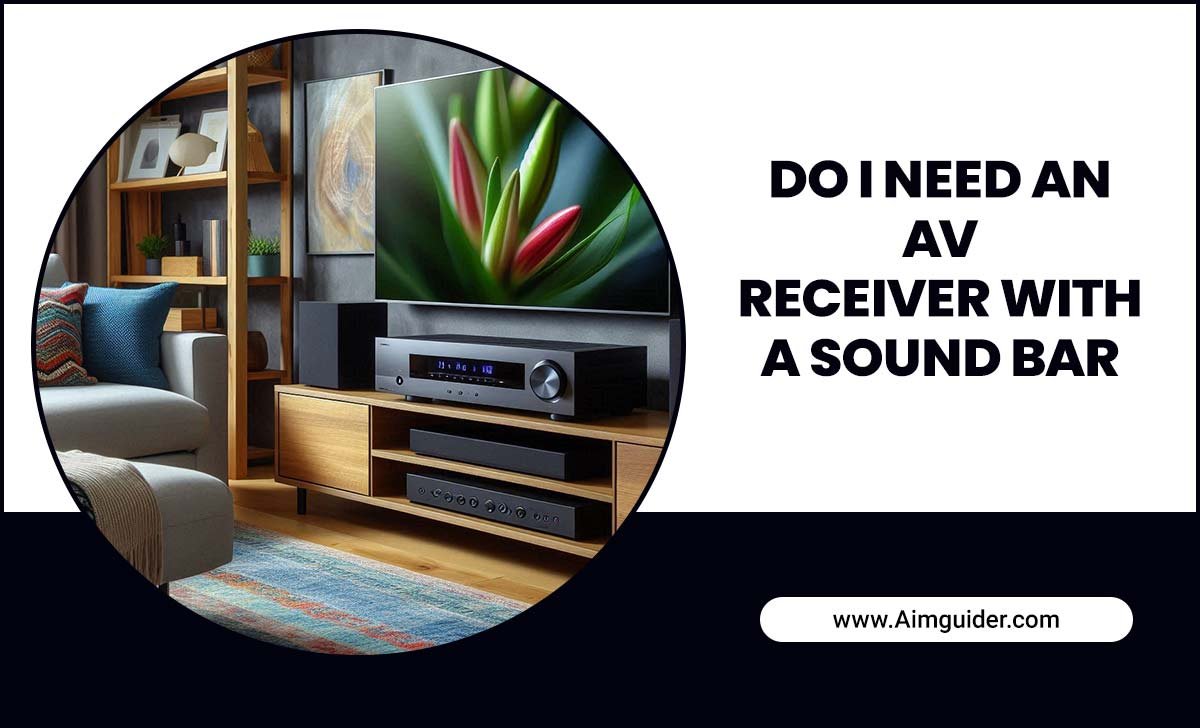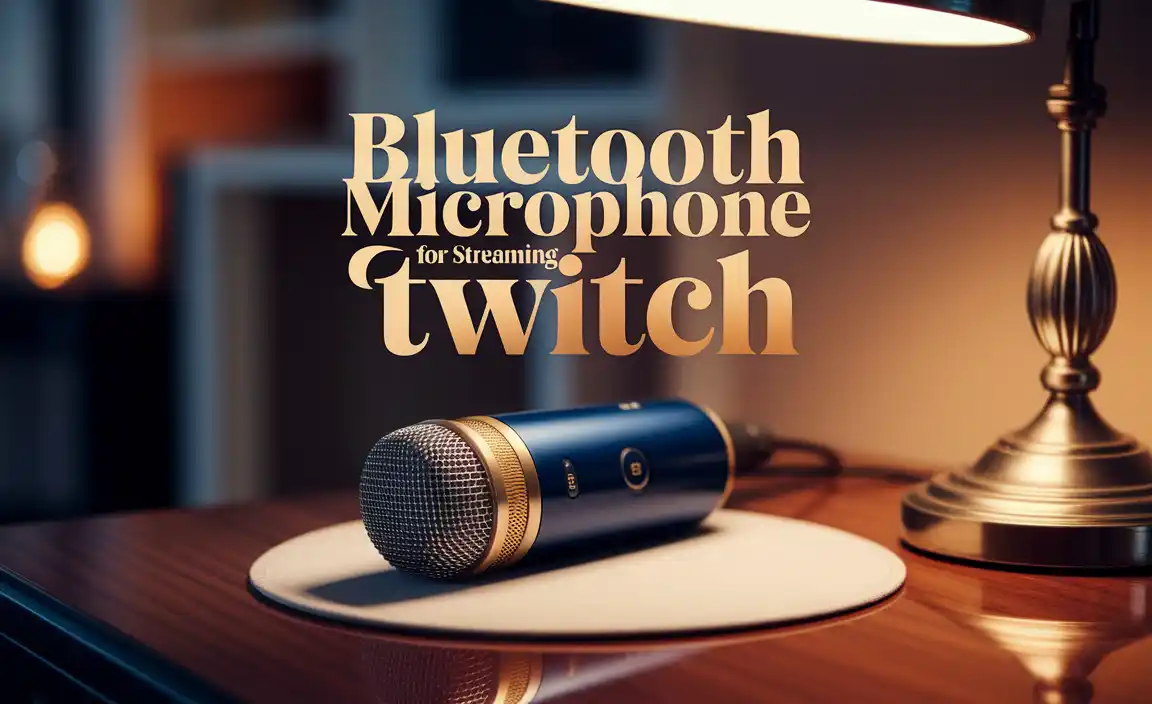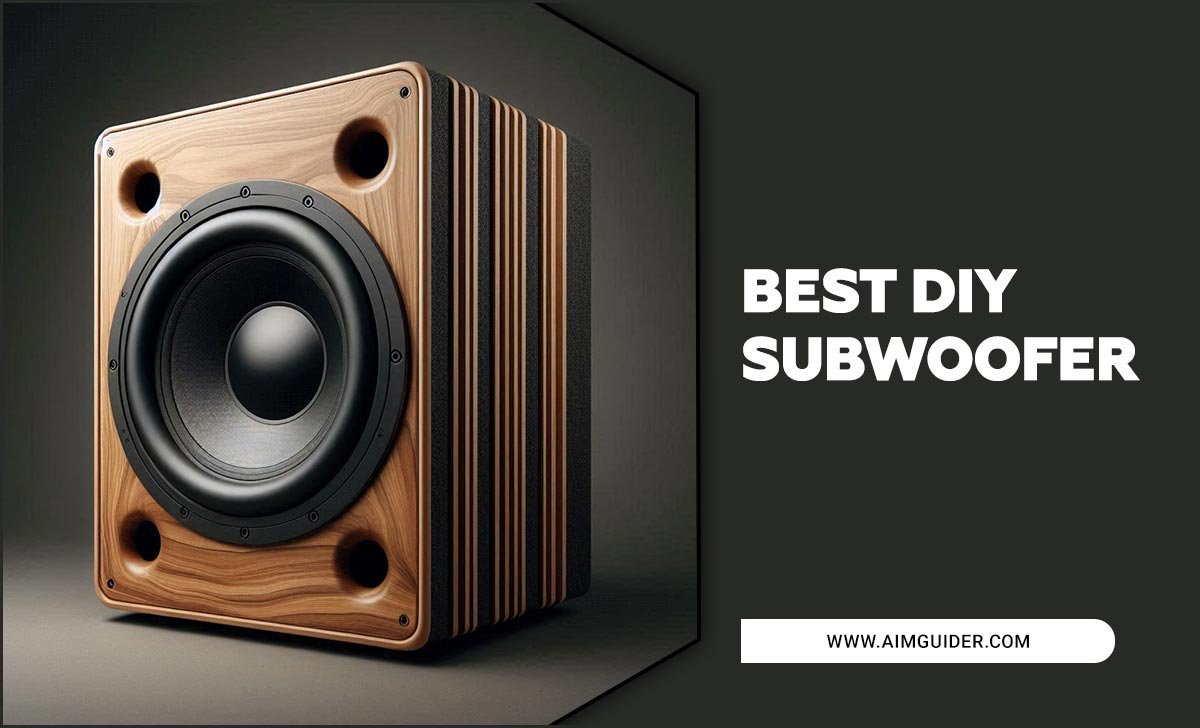Quick Summary: Wondering which 2025 HDR TV brands impress most? For the best HDR experience, LG and Samsung consistently lead the pack with stunning picture quality, vibrant colors, and deep blacks. Sony also stands out for its exceptional processing. This guide helps you navigate the top choices for your home theater.
Choosing a new TV can feel like navigating a maze, especially when all the buzzwords like “HDR” come into play. You want a TV that makes your movies pop, your games shine, and your favorite shows look their absolute best. High Dynamic Range, or HDR, is key to that vibrant, lifelike picture. But with so many brands and models out there, how do you know which TV brands truly deliver the most impressive HDR experience in 2025? Don’t worry, we’re here to break it down. We’ll walk you through what makes HDR great and which brands are leading the way to help you make a confident choice.
What is HDR and Why Does It Matter for Your TV?
Think of High Dynamic Range (HDR) as an upgrade to the picture quality your TV can display. Traditional TVs show a standard range of brightness and color. HDR TVs can show a much wider range, meaning they can display brighter whites and darker blacks at the same time. This creates more contrast and detail, making the picture look more realistic and immersive. You’ll see colors that are richer and more true-to-life, with incredible depth.
For everyday viewers, this translates to a more engaging viewing experience. Whether you’re watching a nature documentary with breathtaking landscapes, a blockbuster movie with explosive scenes, or playing your favorite video game with realistic environments, HDR makes everything look dramatically better. It’s not just about brighter pictures; it’s about a more nuanced and impactful visual experience. The difference between SDR (Standard Dynamic Range) and HDR can be quite significant, transforming how you see content.
Key HDR Technologies to Know
Knowing a few key HDR technologies will help you understand why certain TVs perform better than others. Each technology aims to enhance the HDR experience in its own way.
- HDR10: This is the most common and basic HDR standard. It’s an open standard, meaning manufacturers don’t have to pay royalties to use it. HDR10 uses “static” metadata, which means the brightness and contrast settings are set once for the entire movie or show.
- Dolby Vision: A more advanced HDR format developed by Dolby. Dolby Vision uses “dynamic” metadata, which allows for scene-by-scene adjustments to brightness and color. This usually results in a more optimized and impactful HDR picture. Many streaming services and Blu-ray discs support Dolby Vision, but not all TVs do.
- HDR10+: Similar to Dolby Vision, HDR10+ also uses dynamic metadata for scene-by-scene optimization. It’s an open standard supported by some manufacturers, aiming to offer similar benefits to Dolby Vision without the licensing fees.
- HLG (Hybrid Log-Gamma): Developed by the BBC and NHK, HLG is designed for broadcast. It’s backward-compatible with standard TVs, meaning it can be displayed on both HDR and non-HDR sets without issues, making it ideal for live television broadcasts.
When looking at TV specifications, you’ll often see mentions of these formats. A TV supporting multiple HDR formats, especially Dolby Vision or HDR10+, generally offers a more versatile and advanced HDR viewing experience.
How We Rank the Top TV Brands for HDR in 2025
Our ranking for 2025 HDR TV brands is based on a combination of factors that are crucial for delivering a superior High Dynamic Range experience. We look at independent expert reviews, picture quality test results, and the technologies each brand incorporates into its displays. Ease of use and overall value are also considered.
Here’s what goes into our evaluation:
- Peak Brightness: How bright can the TV get? Higher peak brightness is essential for impactful HDR highlights.
- Black Levels and Contrast Ratio: How deep are the blacks? Excellent black levels are key to creating strong contrast and allowing HDR details in dark scenes to shine.
- Color Volume and Gamut: How wide is the range of colors the TV can display, and how accurately can it reproduce them at different brightness levels?
- HDR Format Support: Does the TV support the latest and most advanced HDR formats like Dolby Vision and HDR10+?
- Local Dimming Performance: For LED TVs, how well does the local dimming technology control backlight zones to enhance contrast without blooming (halo effects around bright objects)?
- Processing Power: Advanced image processing is vital for upscaling content and optimizing HDR performance.
- User Experience: How intuitive are the TV’s menus and smart features?
We’ve aimed to synthesize information from trusted sources like Rtings.com, which conducts extensive technical testing, and insights from leading tech publications to provide a clear, beginner-friendly ranking.
2025 HDR TV Brands Ranked: The Top Contenders
Based on current trends and anticipated releases, these brands are setting the standard for HDR performance in 2025. Remember that specific models within a brand can vary significantly, but this gives you the general landscape.
1. LG (OLED Technology)
LG is a perennial favorite, especially with its OLED technology. OLED TVs have self-emissive pixels, meaning each pixel can turn on and off independently. This allows for perfect blacks, infinite contrast, and incredibly vibrant colors, which are ideal for HDR. LG’s OLED panels consistently deliver outstanding HDR performance across their range, from their flagship G-series to the more accessible C-series.
- Pros for HDR: Perfect black levels, infinite contrast ratio, vibrant and accurate colors, wide viewing angles, excellent motion handling.
- Cons for HDR: Generally higher price point, peak brightness is good but can be surpassed by some high-end LED/QLED TVs with advanced backlighting.
- Recommended Models: LG G4, LG C4.
2. Samsung (QLED Technology with Mini-LED)
Samsung continues to push the boundaries with its QLED technology, often enhanced by Mini-LED backlighting in its higher-end models. QLEDs use Quantum Dots to produce brighter and more vibrant colors than standard LED TVs. Their top-tier models offer exceptional peak brightness, which is crucial for letting HDR highlights truly pop. Samsung’s Neo QLED TVs, with their precise Mini-LED control, offer impressive contrast and reduced blooming.
- Pros for HDR: Extremely high peak brightness, vibrant and wide color gamuts, excellent contrast with Mini-LED, strong gaming features.
- Cons for HDR: Black levels, while excellent on Mini-LED models, aren’t as perfect as OLED. Blooming can still be an issue on some models.
- Recommended Models: Samsung S95D/S90D (QD-OLED), Samsung QN90D (Neo QLED).
3. Sony (Master Series & Bravia XR)
Sony is renowned for its exceptional image processing, and this is particularly evident in its HDR performance. Whether using OLED or advanced LED panels, Sony TVs deliver incredibly accurate colors, smooth gradations, and excellent detail in both bright and dark scenes. Their Cognitive Processor XR is designed to analyze and enhance picture elements in a way that mimics human perception, leading to a very natural and impactful HDR experience. Sony also offers strong support for Dolby Vision.
- Pros for HDR: Superior image processing for natural and accurate HDR, excellent color accuracy, very good black levels and contrast, strong Dolby Vision implementation.
- Cons for HDR: Can be on the more expensive side.
- Recommended Models: Sony A95L (QD-OLED), Sony X95L (Mini-LED).
4. Hisense (ULED Technology & OLED)
Hisense has made significant strides in picture quality, offering competitive HDR performance at more accessible price points. Their ULED TVs, often featuring Mini-LED backlighting and Quantum Dot technology, can deliver impressive brightness and color. Hisense has also entered the OLED market, providing excellent contrast and HDR capabilities. They are a strong contender for those seeking great value without major compromises on HDR quality.
- Pros for HDR: Excellent value for money, strong brightness and color on higher-end ULED models, good HDR format support including Dolby Vision.
- Cons for HDR: Picture processing might not be as refined as top-tier Sony or LG; black uniformity can vary.
- Recommended Models: Hisense U8N, Hisense A8N OLED.
5. TCL (QLED & Mini-LED)
TCL is another brand that consistently offers impressive performance for its price. Their QLED and Mini-LED televisions, particularly in their flagship “Pro” or “QM8” series, deliver excellent brightness, vibrant colors, and effective local dimming for solid HDR contrast. They provide a feature-rich HDR experience that often punches above their weight class in terms of affordability, making them a great option for budget-conscious enthusiasts.
- Pros for HDR: Great performance for the price, high brightness and good color reproduction, strong local dimming in top models.
- Cons for HDR: Black uniformity and motion handling can sometimes be less refined than premium brands.
- Recommended Models: TCL QM8, TCL Q7.
Comparing Top HDR TV Brands: A Quick Look
To help you visualize the differences, here’s a table comparing key aspects of HDR performance for the leading brands. Keep in mind that these are general trends, and performance can vary by model year and series.
| Brand | Primary Display Tech | Peak Brightness (General Trend) | Black Levels | Color Volume | HDR Format Support | Processing Strength |
|---|---|---|---|---|---|---|
| LG | OLED | Very Good | Perfect | Excellent | Dolby Vision, HDR10, (HLG) | Very Good |
| Samsung | QLED (Mini-LED) / QD-OLED | Excellent to Outstanding | Very Good to Near-Perfect (QD-OLED) | Excellent | HDR10+, HDR10, (HLG) | Very Good |
| Sony | OLED / QD-OLED / Mini-LED | Very Good to Excellent | Perfect (OLED/QD-OLED), Very Good (Mini-LED) | Excellent | Dolby Vision, HDR10, (HLG) | Outstanding |
| Hisense | ULED (QLED/Mini-LED) / OLED | Good to Very Good | Good to Very Good | Good to Very Good | Dolby Vision, HDR10+, HDR10, (HLG) | Good |
| TCL | QLED (Mini-LED) | Good to Very Good | Good to Very Good | Good to Very Good | Dolby Vision, HDR10, (HLG) | Good |
This table gives you a snapshot. For instance, if perfect blacks and vibrant colors are your top priority and budget is less of a concern, LG OLEDs are usually the way to go. If you want the absolute brightest picture with punchy highlights and are a gamer, Samsung’s Neo QLEDs might be your target. Sony excels when you want natural, processed-to-perfection imagery.
Choosing the Right HDR TV for You: Beyond the Brand
While brand rankings are helpful, the best HDR TV for you depends on your specific needs and budget. Here are some additional factors to consider when making your purchase:
Screen Size Matters
HDR content is more immersive on larger screens. For a true cinematic feel, consider going as large as your room and budget allow. A 65-inch or 75-inch TV can significantly enhance the HDR experience.
Budget Considerations
Top-tier HDR TVs, especially OLEDs and high-end Mini-LED models, can be expensive. However, brands like Hisense and TCL offer excellent performance at lower price points. Determine your budget and look for the best HDR features within that range. You might find that a mid-range model from a premium brand or a high-end model from a value brand meets your needs perfectly.
Your Viewing Environment
- Bright Room: If you watch TV in a well-lit room, you’ll want a TV with high peak brightness to combat glare and make HDR content stand out. Samsung’s QLEDs and Mini-LED TVs often excel here.
- Dark Room: For a home theater experience in a dark room, perfect black levels and contrast are paramount. OLED TVs from LG and Sony, or QD-OLEDs, are ideal for this.
- Viewing Angles: If you often have a group of people watching from different spots in the room, consider TVs that maintain color and contrast well from off-center angles. LG OLEDs are generally excellent for this.
Smart Features and Ecosystem
Most modern TVs come with smart platforms like Google TV, Roku TV, or their own proprietary systems. Consider which platform you find easiest to use and which offers access to the apps you need. Some brands also integrate well with smart home ecosystems, which might be important to you.
Gaming Needs
If you’re a gamer, look for features like a high refresh rate (120Hz), Variable Refresh Rate (VRR), and Auto Low Latency Mode (ALLM). These ensure smooth gameplay with minimal input lag and screen tearing, which are especially beneficial when playing HDR games.
Frequently Asked Questions (FAQ)
What is the difference between HDR10 and Dolby Vision?
HDR10 is a basic standard with static metadata (settings apply to the whole show), while Dolby Vision is more advanced, using dynamic metadata for scene-by-scene optimization, usually resulting in a superior HDR picture. Dolby Vision also supports a wider color spectrum and higher brightness levels.
Do I need a special streaming device to watch HDR content?
Not necessarily. Many smart TVs have HDR capabilities built-in, and streaming apps like Netflix, Disney+, and Amazon Prime Video on these TVs will often stream HDR content automatically if your TV is compatible and set up correctly. However, some external streaming devices also support HDR.
How can I tell if my TV is displaying HDR content?
Many TVs will show a notification on screen (e.g., “HDR,” “Dolby Vision”) when HDR content starts playing. You can also check the TV’s info or picture settings menu, which often displays the current input signal type, including HDR status.
Are more expensive HDR TVs always better?
Not always, but generally, higher-priced TVs incorporate more advanced technologies like OLED, Mini-LED, and superior image processors that contribute to better HDR performance. However, value brands like TCL and Hisense offer very competitive HDR at lower price points.
Is HDR good for all types of content?
HDR is most beneficial for content specifically mastered in HDR, such as modern movies, TV shows, and video games. For older content or standard broadcasts, the difference might be less noticeable, though good TVs will upscale SDR content to look its best on the HDR panel.
What does “peak brightness” mean for HDR?
Peak brightness refers to the maximum amount of light a TV can output, usually measured in nits. Higher peak brightness is crucial for HDR because it allows the TV to display very bright highlights (like the sun, explosions, or reflections) with greater impact and detail, making the scene feel more dynamic.
Should I buy an OLED or a QLED TV for HDR?
For the absolute best contrast and perfect blacks in HDR, OLED is king. For HDR content that needs to shine in brighter rooms or requires extremely high peak brightness for dazzling highlights, QLED (especially Mini-LED QLEDs) often has an advantage. Both offer excellent color and detail.
Conclusion: Finding Your Perfect HDR Picture
Navigating the world of 2025 HDR TVs might seem daunting, but by understanding the core technologies and what the leading brands offer, you can make a much more informed decision. LG continues to impress with its unparalleled OLED blacks and vibrant colors. Samsung pushes the envelope with staggering brightness and advanced QLED technologies. Sony stands out with its industry-leading processing for a natural and refined HDR picture. And value-focused brands like Hisense and TCL are making excellent HDR more accessible than ever before.
Ultimately, the “best” TV brand for HDR is the one that best fits your viewing habits, your room, and your budget. Whether you prioritize perfect blacks, dazzling highlights, or incredible color accuracy, there’s a 2025 HDR TV out there ready to elevate your home entertainment. Take your time, consider your needs, and get ready to experience your favorite content in a whole new light. Happy viewing!







